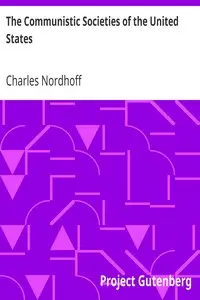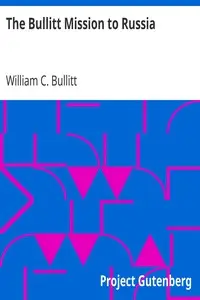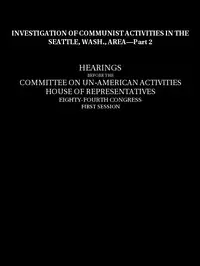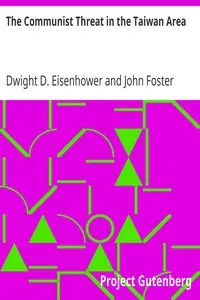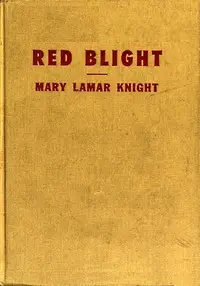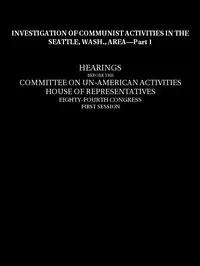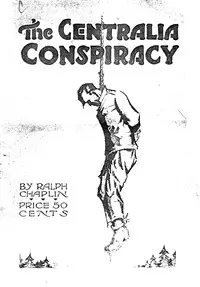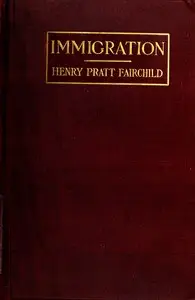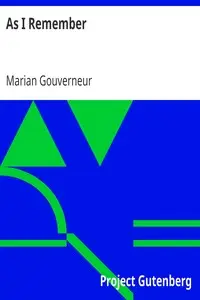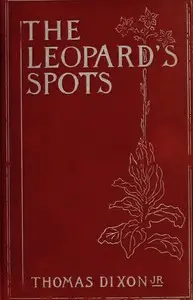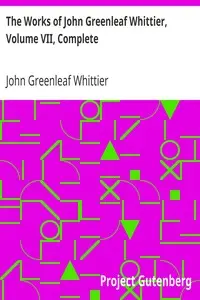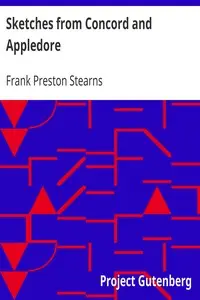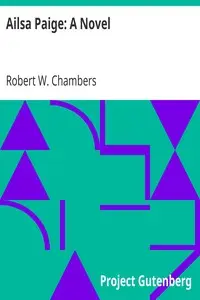"Investigation of Communist Activities in Seattle, Wash., Area. Hearings, Part 3" by the United States Congress House Committee on Un-American Activities, presents a snapshot of a nation grappling with fears of ideological subversion. This book recounts hearings held by a U.S. House committee looking into possible Communist influences in the Seattle region. It includes testimonies, such as that of Jeremiah Joseph O’Connell, and explores the political climate of mid-20th century America, with the Washington Pension Union as part of larger concerns about Communist activities and affiliations. The narrative underlines the era’s intense political atmosphere, chronicling witnesses' accounts and mirroring the broader concerns about Communist influence during the Cold War.
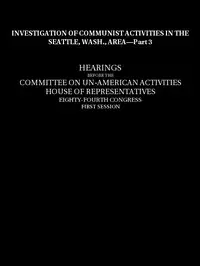
Investigation of Communist activities in Seattle, Wash., area. Hearings, Part 3
By United States. Congress. House. Committee on Un-American Activities
Amidst Cold War tensions, a congressional committee seeks to expose the hidden tendrils of Communist influence in the Pacific Northwest.
Summary
About the AuthorThe House Committee on Un-American Activities (HCUA), popularly the House Un-American Activities Committee (HUAC), was an investigative committee of the United States House of Representatives, created in 1938 to investigate alleged disloyalty and subversive activities on the part of private citizens, public employees, and those organizations suspected of having fascist and communist ties. It became a standing (permanent) committee in 1946, and from 1969 onwards it was known as the House Committee on Internal Security. When the House abolished the committee in 1975, its functions were transferred to the House Judiciary Committee.
The House Committee on Un-American Activities (HCUA), popularly the House Un-American Activities Committee (HUAC), was an investigative committee of the United States House of Representatives, created in 1938 to investigate alleged disloyalty and subversive activities on the part of private citizens, public employees, and those organizations suspected of having fascist and communist ties. It became a standing (permanent) committee in 1946, and from 1969 onwards it was known as the House Committee on Internal Security. When the House abolished the committee in 1975, its functions were transferred to the House Judiciary Committee.

